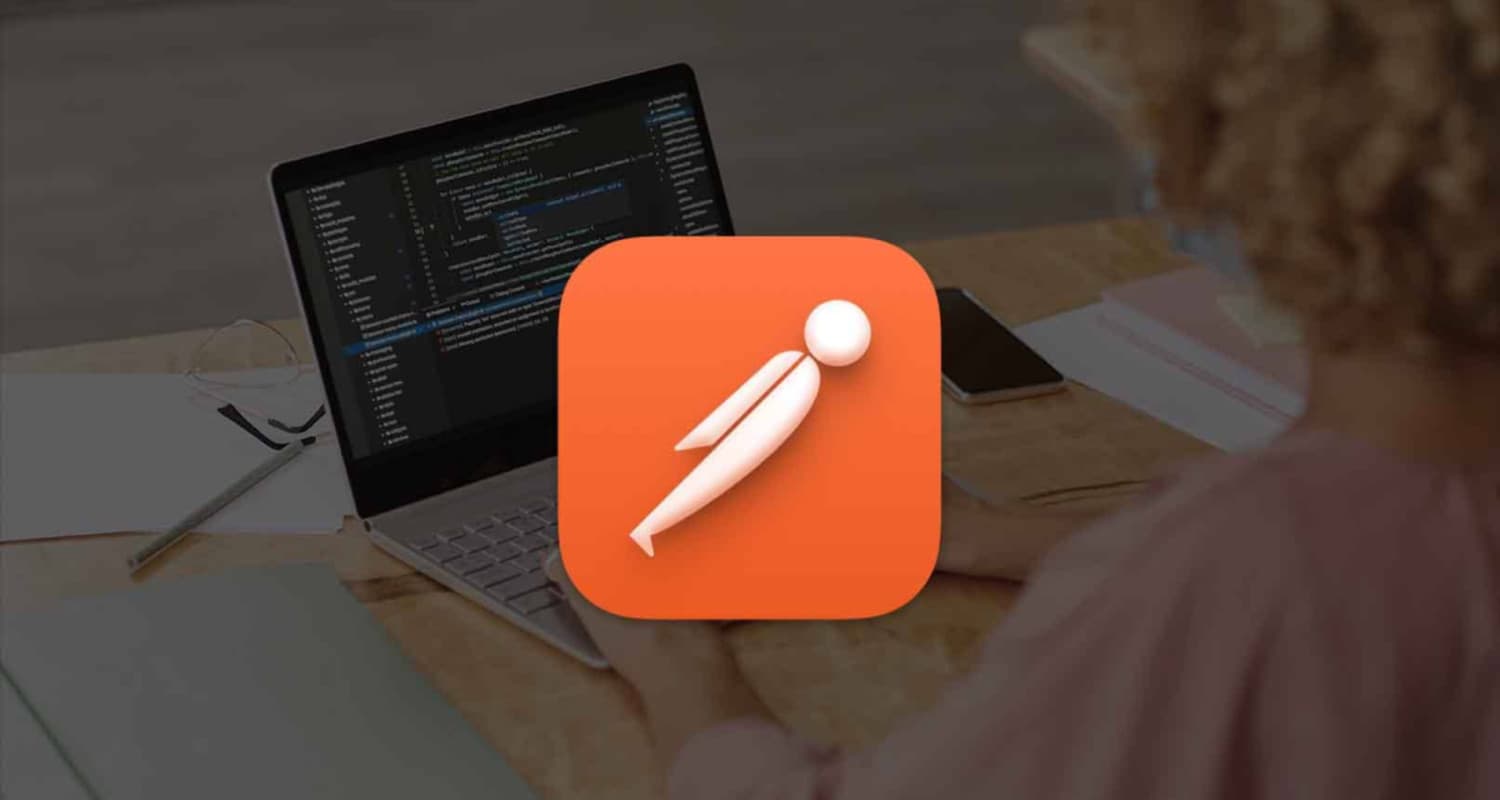Case StudyEnabling Team: Identifying Skill Gaps - Addressing Skill Gaps for Optimal Team Performance
As Postman expanded from a small startup to a large organization with over 600 employees, the design teams encountered challenges in maintaining efficiency and alignment. The rapid growth exposed skill gaps within the teams, leading to inefficiencies and communication breakdowns. Without a structured approach to identify and address these skill gaps, the risk of compromised project quality and team morale was high.

The Solution
Postman implemented a strategic process focused on identifying and addressing skill gaps within the design teams. The approach included several key steps:
- Comprehensive Skill Assessment: The first step was to conduct a thorough assessment of the existing skills within the team. This involved self-assessments, peer reviews, and manager evaluations to get a clear picture of each team member's strengths and areas for improvement.
- Mapping Skills to Roles: Based on the assessment results, skills were mapped to specific roles within the team. This helped in understanding which skills were critical for each role and identifying any gaps that needed to be filled.
- Customized Training and Development Plans: Individual development plans were created to address the identified skill gaps. These plans included targeted training programs, workshops, and mentorship opportunities designed to enhance the required skills.
- Team Capability Analysis: Beyond individual assessments, the collective capabilities of the team were analyzed. This analysis aimed to ensure that the team had a balanced skill set, with all critical competencies adequately covered.
- Regular Monitoring and Feedback: The process involved continuous monitoring of skill development and regular feedback sessions. This ensured that the development plans were effective and allowed for adjustments based on evolving project needs and individual progress.
- Encouraging Cross-functional Collaboration: To further address skill gaps, cross-functional collaboration was encouraged. This allowed team members to learn from each other and gain exposure to different areas of expertise, fostering a more versatile and capable team.
Outcomes achieved
The structured approach to identifying and addressing skill gaps led to significant improvements in team performance and project outcomes at Postman:
- Enhanced Individual Skill Development: Team members experienced targeted development that boosted their confidence and engagement. They could focus on specific skills that advanced their careers and contributed more effectively to the team.
- Balanced Team Capabilities: By addressing skill gaps, the team became more versatile and capable of handling diverse project requirements. This balance reduced bottlenecks and improved overall project execution efficiency.
- Improved Project Success Rates: Projects that previously faced challenges during execution saw marked improvements. With the right skills in place, teams were better equipped to deliver high-quality results on time.
- Strategic Alignment: The alignment between individual development and team goals ensured that personal growth supported strategic objectives. This synergy created a more cohesive and motivated team environment.
- Culture of Continuous Improvement: The ongoing nature of the skill assessment and development process fostered a culture of continuous improvement. Team members became more proactive in seeking learning opportunities and contributing to the team’s success.
